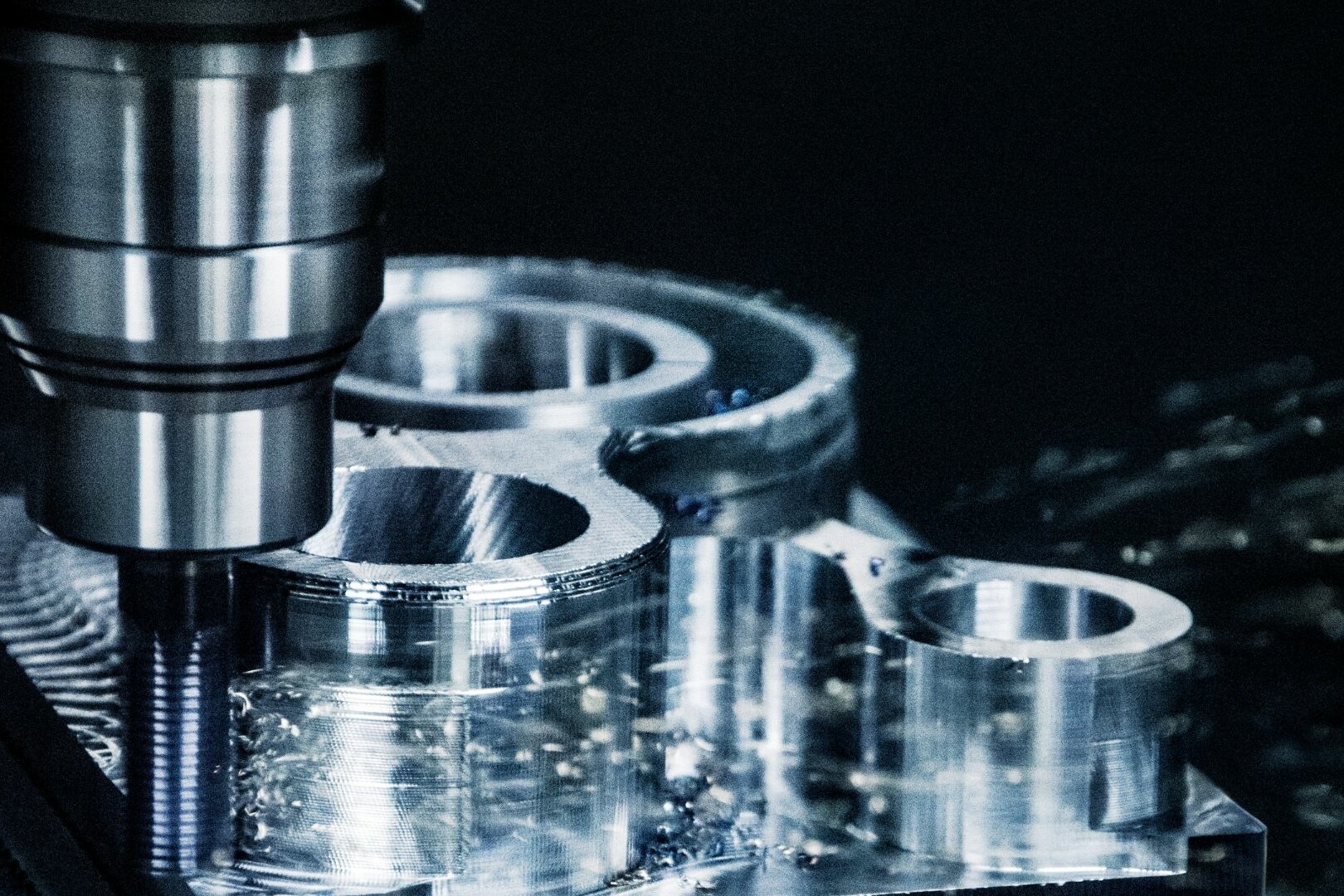At the core of prescriptive maintenance is data. By collecting and analyzing sensor, maintenance, and operations data from assets, prescriptive maintenance systems build a comprehensive understanding of asset performance. Machine learning algorithms then process this data to create models that can predict future performance and identify potential issues.
Once these models are in place, prescriptive maintenance systems continuously monitor asset performance in real-time. By comparing actual performance to predefined production goals, these systems can identify deviations and prescribe optimal maintenance and operating actions to achieve desired outcomes.
For example, if a machine begins to exhibit signs of wear that could lead to a breakdown, the prescriptive maintenance system may recommend scheduling preventive maintenance to address the issue before it escalates. Alternatively, if a machine is operating below its optimal efficiency, the system may suggest adjustments to operating parameters to improve performance.
In addition to recommending actions, prescriptive maintenance systems can also automate the process of creating work orders and scheduling maintenance tasks, ensuring that prescribed actions are executed in a timely manner.
Benefits of Prescriptive Maintenance
The adoption of prescriptive maintenance offers several benefits to organizations:
- Increased asset utilization and uptime: By proactively addressing potential issues, prescriptive maintenance helps to minimize unplanned downtime and maximize asset availability.
- Improved ROI on assets: By extending the life of assets through proactive maintenance and optimizing their performance, organizations can achieve a higher return on their investment in equipment and infrastructure.
- Reduced maintenance costs: By focusing maintenance efforts on areas that truly need attention, prescriptive maintenance helps to minimize unnecessary maintenance tasks and reduce overall maintenance costs.
- Optimized operations: By continuously monitoring asset performance and recommending actions to achieve production goals, prescriptive maintenance helps organizations to operate more efficiently and maintain consistently high levels of quality.
- Proactive maintenance: Rather than waiting for assets to fail and reacting to problems as they arise, prescriptive maintenance enables organizations to take a proactive approach to maintenance, addressing issues before they impact operations.
Implementing a Prescriptive Maintenance Program
Implementing a prescriptive maintenance program requires careful planning and execution. Here are some key steps to consider:
- Assess assets and infrastructure: Identify critical components and potential failure points within your organization’s assets and infrastructure.
- Install sensors and monitoring systems: Deploy sensors and monitoring systems to collect relevant data on asset performance, including metrics such as temperature, vibration, and operating conditions.
- Collect and integrate data: Collect data from various sources, including sensors, maintenance logs, and operations data, and integrate it into a centralized database or platform.
- Develop machine learning models: Use the collected data to train machine learning models that can predict asset performance and identify potential issues.
- Continuously improve prescriptions: Incorporate feedback from maintenance activities and refine machine learning models to improve the accuracy of prescriptions over time.
- Automate workflows: Automate the process of creating work orders and scheduling maintenance tasks to ensure that prescribed actions are executed efficiently and effectively.
The Evolution from Preventive to Predictive to Prescriptive Maintenance
Traditionally, asset maintenance strategies have evolved from preventive to predictive maintenance. Preventive maintenance relies on scheduled maintenance tasks performed at regular intervals, often based on average expected failure rates. Predictive maintenance, on the other hand, utilizes sensor data and analytics to estimate when failures may occur, allowing for more targeted maintenance efforts.
Prescriptive maintenance represents the next step in this evolution. By leveraging advanced artificial intelligence and machine learning algorithms, prescriptive maintenance goes beyond simply predicting failures to recommending specific actions to optimize asset performance and prevent potential issues before they occur.
Prescriptive maintenance represents a significant advancement in asset management practices, enabling organizations to move from reactive to proactive maintenance strategies. By leveraging the power of AI and machine learning, prescriptive maintenance systems can recommend optimized actions to maximize asset performance and minimize downtime. As organizations continue to adopt prescriptive maintenance approaches, they can expect to see improvements in asset utilization, ROI, and operational efficiency, ultimately leading to greater competitiveness and success in today’s rapidly evolving business landscape.
Recommended Blog Posts
September 4, 2023
Powerful Signal Analysis Tools for Vibration Analysis
Predictive maintenance, crucial for machinery reliability, heavily relies on vibration analysis. Techniques like FFT…
September 4, 2023
Rotating Machinery Vibration Analysis
Vibration analysis is a critical tool in various industries like manufacturing, power generation, and transportation.…
December 28, 2022
Fault Diagnostic Technique Using Machine Mode Similarity Analysis
AI can diagnose machine faults with vibration data but machine mode similarity analysis is an alternative, it uses…
September 15, 2022
Understanding Rotating Machinery Data
Machine data is generated by physical attributes and actions of machines, collected by sensors and analyzed for…
August 6, 2021
Envelope Analysis
Bearings are critical elements in rotating machines, they support radial and axial loads, and reduce friction. Real…
May 6, 2021
What is Cepstral Analysis?
Cepstral Analysis, a tool used to detect periodicity in frequency spectrum, can be useful in gearbox fault detection in…
October 9, 2020
How is Fault Detection Performed?
Vibration measurements and analysis, using multiple parameters, can identify developing problems in machinery before…
September 21, 2020
Parameter Selections in Vibration Measurement
Vibration measurements are used to determine the response of machines to forces and identify potential issues. It is…
September 4, 2020
What is Vibration Analysis?
Vibration analysis can be used to discover problems in machines and predict when they might fail. It can significantly…
Discover Our Products
Sensemore Predictive Maintenance Solution
If you enjoyed this blog, explore our Predictive Maintenance Solution page.











